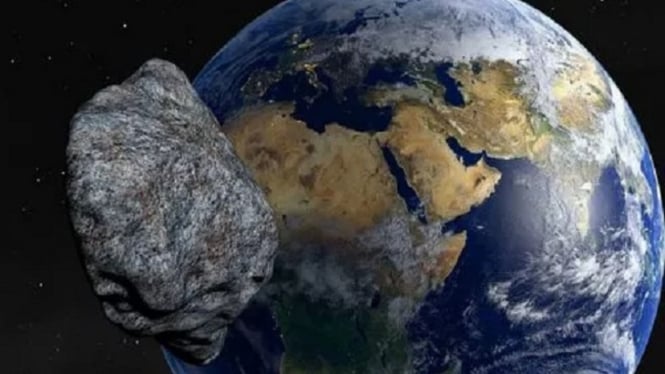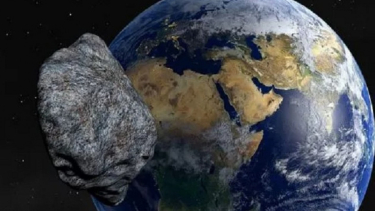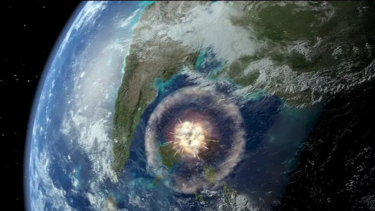- Jagran English
VIVA – The Solar System is filled with a variety of potentially dangerous debris. The asteroid had slid to Earth and caused the extinction of the dinosaurs six million years ago.
Scientists are not silent on this threat. A large asteroid could hit Earth again. According to the Space website, on Thursday, September 22, 2022, here are the ways by planetary defense specialists to save our Earth safe from the threat of Asteroid.
The National Aeronautics and Space Administration (NASA) and countless telescopes around the world keep a keen eye on the sky for threatening asteroids and comets. They scan the night sky regularly and then plot the orbits of each new planet discovered.
After decades of searching, they haven't found anything to worry about, but scientists are on the way.
The Office of the Planetary Defence Coordination and planetary defense experts have come up with several scenarios to stop our planet from receiving incoming space rocks. They are already testing some ideas on Earth and in space.
1. Kinetic Impactor
Ilustrasi pesawat ruang angkasa DART yang mendekati asteroid Dimorphos.
- NASA
A kinetic impactor is one way to change the path of an asteroid. In principle, this technique requires the asteroid's blow to change its orbit around the Sun so that it no longer poses a threat to Earth.
Some asteroids may be debris piles which are not suitable for this technique, but in solid rock, this may work.
NASA plans to test the kinetic impact with the Double Asteroid Redirect Mission (DART) that will hit Dimorphos, the moon of the Asteroid Didymos on September 26.
A few years later the European Space Agency (ESA) will fly into the system to take a close look at the changes. Then astronomers will assess whether the orbit changes in the telescope.
2. Tractor Beam Method
This method seems to be inspired by the science fiction scenarios seen in Star Wars and Star Trek. Compared to science fiction, the real gravitational pull will be slower.
A robotic probe will encounter a space rock and accompany it for at least a few months, potentially years.
Over time, the spacecraft's gravity will adjust the asteroid's orbit. The bigger the probe, the stronger its gravitational pull and the faster the orbit will move.
3. Nuclear Weapons
Ilustrasi perang nuklir.
- Getty Images
Nuclear bombs will be the only viable option when scientists see a dangerous space rock. The use of nuclear weapons is armed with warheads and can be launched from conventional launch pads in a relatively short time.
The key to a successful deflection is to blast the weapon a few hundred feet from the surface, not to hit it directly. If done at the right distance, the explosion would have ripped the asteroid's surface apart into space and pushed the asteroid away from its current path, experts said.
4. Ablation of Laser
Asteroid Tabrak Bumi
- U-Report
Laser ablation is another potential way to move asteroids. A spacecraft, perhaps even a small CubeSat, will circle the asteroid and strategically scrape some of its surfaces.
Ablation or displacement of surface material will cause the asteroid to drift in the opposite direction. Laser technology is no stranger to aerospace use, but not on a large scale. Using lasers to move rocks is another technological challenge.
5. Asteroid Tether
Tethering an asteroid sound simple in principle, although there are plenty of questions to figure out how. NASA awarded a future technology contract in 2014 to assess how well the impactor could move around the asteroid.
It's called the Weightless Rendezvous and Net Grapple to Limit Excess Rotation or Wrangler system. Soon, the scientist may be able to test on satellites much closer to Earth while cleaning up hazardous space junk in low-Earth orbit.

























